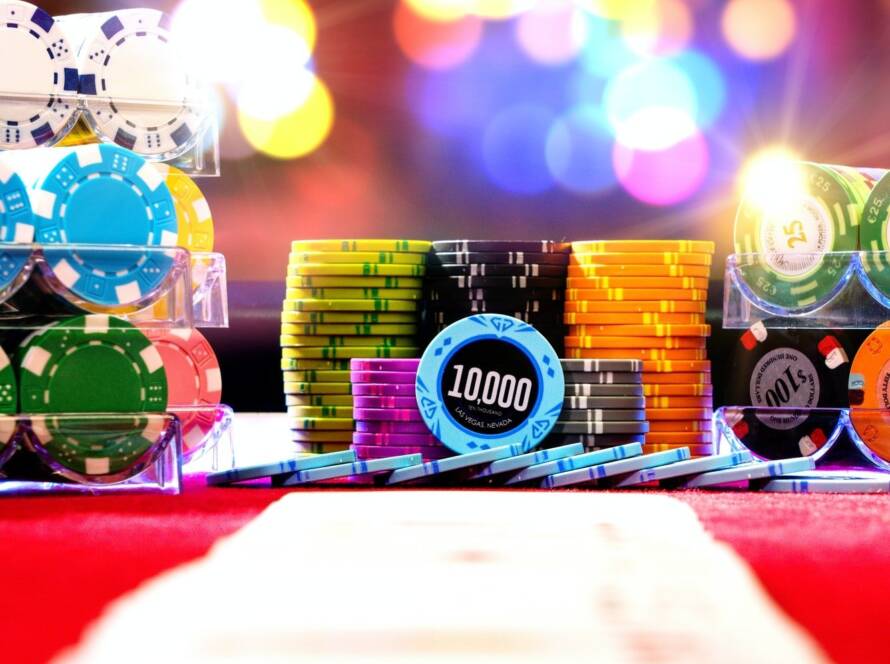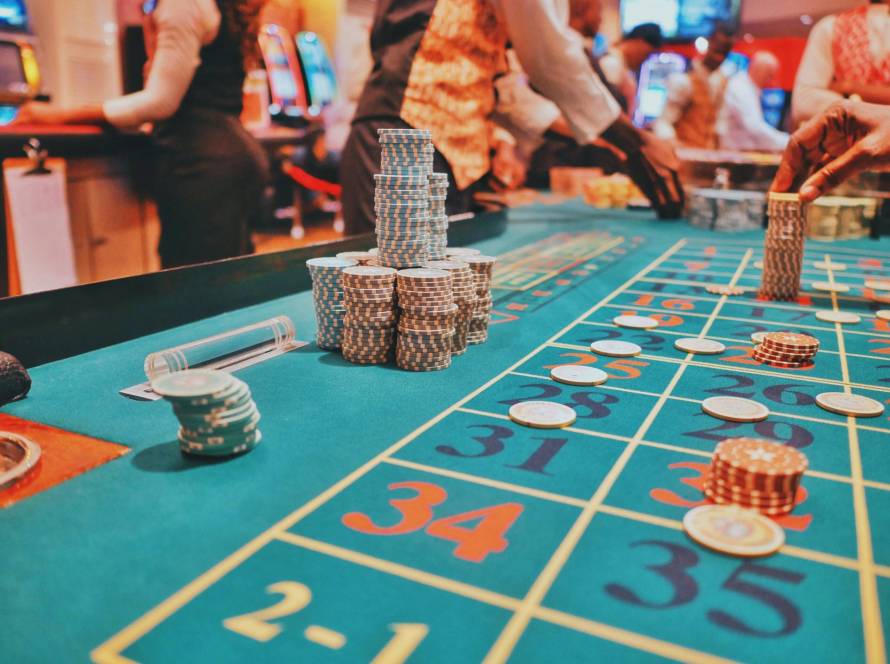Every poker player, from enthusiastic amateurs to seasoned pros, experiences the frustrating and sometimes demoralizing phenomenon known as a downswing. It’s that stretch where the cards don’t seem to fall your way, bad beats pile up, and even the best strategies can’t seem to save you from losing sessions. But beyond the cards and chips, the bigger battle is often psychological: maintaining emotional control, making clear decisions under pressure, and preventing burnout.
In this article, we’ll explore how to recover from a poker downswing by diving deep into the mental game fundamentals, strategic thinking, and decision-making under pressure. We’ll discuss essential concepts like strategic pause definition, the benefits of taking breaks, and tilt prevention strategy. Along the way, stress management we’ll also uncover lessons poker teaches about life, risk management, and mental resilience.

The Mental Game of Poker: Why It Matters More Than Cards
Poker isn’t just about luck or math; it’s a complex psychological battle. Understanding poker psychology basics is crucial to mastering the game and recovering from downswings. The mental game involves emotional control, cognitive flexibility, and strategic patience. When players lose control and let emotions dictate their decisions, poker tilt sets in.
Tilt definition: Tilt occurs when frustration or anger from bad beats or losses causes a player to make irrational, emotional decisions that deviate from optimal strategy. It’s a form of emotional decision making that can rapidly erode a bankroll and prolong a downswing.
Controlling tilt is fundamental. Avoiding tilt after bad beats isn’t just about suppressing emotions but understanding and managing them. A solid tilt prevention strategy blends emotional control in gaming with smart decision-making frameworks.
How Much Does Tilt Cost You?
Quantifying the cost of tilt reveals how destructive it can be—not just in chips lost but in missed opportunities and mental energy wasted. Tilt leads to reckless bets, ignoring bankroll management tilt rules, and chasing losses. Over time, this compounds, turning manageable downswings into catastrophic bankroll setbacks.
Strategic Pause: Your Secret Weapon Against Burnout and Tilt
One of the most powerful, yet underappreciated, tools in a poker player’s arsenal is the strategic pause. But what exactly is it?
Strategic Pause Definition
A strategic pause is a deliberate break taken to step back from the table, clear your head, and reset your mental state. It’s not just a coffee break or a moment to check your phone—it’s a conscious decision to interrupt negative cycles of thought, stress, or tilt and recalibrate your mindset.
Benefits of Taking Breaks During Poker Sessions
- Improved emotional control: Breaks help dissipate frustration and reduce the risk of tilt.
- Enhanced clarity: Clearing your head combats brain fog at work or play, enabling better strategic decisions.
- Reduced cognitive overload: Poker requires intense mental focus; strategic pauses prevent burnout symptoms like fatigue and impaired judgment.
- Boosted productivity: Similar to the Pomodoro technique popular in work environments, effective break times can increase focus and stamina at the table.
How to Take a Strategic Pause
This approach is as effective in poker as it is in work environments. In fact, psychology of breaks research shows that productivity and breaks go hand in hand, and breaks are important for success, whether you’re grinding high-stakes or managing a business.
Burnout Prevention: Recognizing and Recovering from Poker and Job Burnout
Burnout isn’t just a corporate buzzword—it’s a real psychological and physiological condition that can affect poker pros and casual players alike. The symptoms of burnout overlap with what many experience during a downswing, including irritability, exhaustion, and loss of motivation.
Job Burnout Symptoms and Poker Burnout
- Chronic fatigue and lack of energy
- Decreased performance
- Emotional exhaustion and cynicism
- Difficulty concentrating (brain fog)
- Apathy towards the game or work
To assess if you’re experiencing burnout, try taking an Am I burnt out quiz available through various mental health resources. Recognizing burnout early is vital for recovering from professional burnout and returning to your best self.
Self-Management vs. Self-Care: What’s the Difference?
Many players wonder, “Is self-care enough?” The truth is, self-care—like taking breaks or relaxing—is necessary but not sufficient. Self-management techniques involve structured strategies like setting limits on playtime, maintaining bankroll discipline, and managing tilt proactively.
Combining both approaches creates a sustainable poker career:
- Self-care: Physical rest, nutrition, exercise, and mental downtime
- Self-management: Emotional regulation, strategic decision-making, and cognitive control
Strategic Thinking and Decision-Making Under Pressure
Downswings test a player’s ability to think like a poker pro—calm, analytical, and patient. Key to this is understanding the stress and decision making relationship and learning how to think clearly under pressure.

Why Patience is Important in Poker
Patience isn’t just waiting for good hands; it’s about waiting for the right moments to act, folding when necessary, and controlling impulses. Players who master how to be more patient poker outperform those who chase losses impulsively.
Problem-Solving Techniques and Avoiding Cognitive Overload
Poker demands constant processing of information—opponents’ behaviors, pot odds, bet sizing. This can lead to cognitive overload symptoms like confusion and impaired judgment.
To combat this:
you know,
- Use simple heuristics for quick decisions when overwhelmed.
- Employ clear your head to think better techniques like deep breathing or short meditation.
- Limit session length and incorporate microbreaks to sustain focus.
- Analyze hands post-session rather than during play to avoid information overload.
Bankroll Management and Rakeback: Financial Tools to Stop Losing Money Poker
Financial discipline is a cornerstone of recovering from downswings. Bankroll management tilt means avoiding the temptation to increase stakes out of frustration. Remember, poker is a long-term game.
Additionally, understanding what is rakeback and leveraging offers from highest rakeback poker sites or VIP-grinders rakeback programs can provide a steady edge by returning a percentage of fees paid to the house.
Is a Poker Coach Worth It?
Investing in a poker coach can accelerate your recovery and growth by providing objective feedback, advanced strategy insights, and mental game coaching. While poker coaching rates vary, many players find the ROI substantial in terms of improved decision-making and tilt control.
Life Lessons from Poker: Risk Management and Mental Resilience
Poker is more than a card game; it’s a microcosm of life’s challenges. The poker strategy for business teaches risk assessment, calculated decision-making, and emotional control. Every poker pro learns:
- Psychological resilience: Bouncing back from setbacks with mental toughness.
- Risk management lessons from poker: Managing uncertainty, capitalizing on favorable odds, and knowing when to fold.
- Building mental toughness: Through deliberate practice, learning from mistakes, and maintaining perspective.
Whether facing a downswing or a tough life decision, the principles remain the same: step back, take a strategic pause, manage emotions, and make the best decision with the information at hand.
Conclusion: Recovering from a Poker Downswing is a Holistic Process
Recovering from a poker downswing isn’t just about winning back lost chips; it’s about mastering the mental game fundamentals, practicing strategic thinking, and developing emotional control. By integrating strategic pause techniques, tilt prevention strategies, and sound bankroll management, you build a stronger foundation for long-term success.
Remember, poker is a marathon, not a sprint. Like any high-pressure environment, whether at the table or in life, your ability to pause, reflect, and reset is what separates the good from the great. Embrace breaks, nurture your mental resilience, and approach each session with clarity and patience. These are the true markers of a poker pro.


